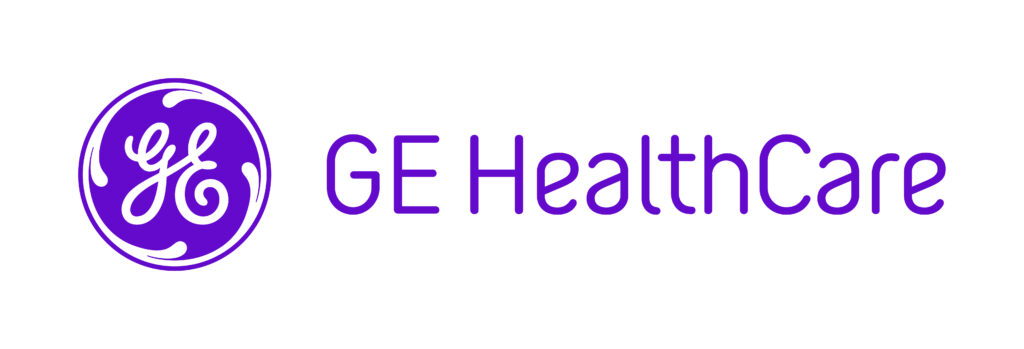Your Editor is semi-returned from Almost Two Weeks in Another Town, with a few more days to close out September (and summer into autumn) coming up. A lot of big news broke despite the usually slow Labor Day holiday week.
UnitedHealthcare Group/Change Healthcare Federal lawsuit to be decided in October–reports. The bench trial in the US District Court in Washington DC pitted the Department of Justice and state plaintiffs against UHG’s massive $13 billion acquisition of claims and EDI/data processing giant Change. It concluded 16 August with closing arguments presented 8 September. Dealreporter via Seeking Alpha reported that UHG and Change effectively countered DOJ’s antitrust objections to the acquisition. Change Healthcare had previously sold their claims editing business to TPG Capital to ease antitrust concerns. Whether that will be enough in the current environment with greater sensitivities around healthcare consolidation remains to be seen. If approved, Change will be folded into OptumInsight. For a deeper dive into the issues, see TTA’s earlier reporting 3 August and 23 March.
CVS Health beat out other contenders with an $8 billion cash bid for Signify Health. It was a busy Labor Day for CVS as Signify’s board met and decided that day on CVS’ cash offer of $30.50 per share in their unusual auction. Amazon, UnitedHealth Group, and little-known Option Care Health were the other bidders. Signify is a strategic boost for CVS in becoming a major player in primary care, provider enablement, and home health as we’ve summarized here from CVS’ Q2 earnings call. Signify’s capabilities in in-home health delivery and provider services were cheaper to buy than to develop. Based on the weight given to it in the CVS release, Signify’s Caravan Health and their Medicare ACOs furnishing value-based care management services to 170 providers was a significant factor in the top price paid.
New Mountain Capital and their investors own 60% of Signify and will be exiting. Signify had in July announced their own exit from the costly and problematic Episodes of Care/BPCI business acquired with Remedy Partners back in 2019. This led to most of the over 480 staff layoffs announced last month. The sale is, as usual, pending regulatory approvals and isn’t expected to close until first half 2023. Kyle Armbrester, Signify’s CEO Kyle Armbrester will continue to lead the company as part of CVS Health. Healthcare Finance, FierceHealthcare
Rival Walgreens Boots Alliance completed their acquisition of a majority share of home care coordination platform CareCentrix. Walgreens’ final payment was $330 million for 55% of the company at an $800 million valuation. As noted previously, Walgreens ‘go big or go home’ strategy in primary care kicked off in 2020 with growing investments in VillageMD, culminating in last year’s $5.2 billion for 63% of the company. The plan is to co-locate Village Medical offices with 600 Walgreens locations by 2025 [TTA 14 Oct 2021]. CVS’ recent actions can be seen as a reaction to Walgreens’ aggressive moves. Healthcare Finance
Amazon now under FTC scrutiny for One Medical acquisition. If shutting down the much-publicized Amazon Care wasn’t quite enough last month, the Federal Trade Commission (FTC) will be reviewing Amazon’s $3.9 billion buy of One Medical. This was announced in a 1Life Healthcare (parent of One Medical) 8-K filing with the Securities and Exchange Commission (SEC). Both 1Life and Amazon received requests for additional information on 2 September, above and beyond the usual required Hart-Scott-Rodino Act (HSR) reports that will be reviewed by the FTC and DOJ. Effectively it extends the HSR waiting period by 30 days after One Medical and Amazon have substantially complied with the additional information ‘second request’.
The FTC isn’t winning popularity contests with Amazon’s legal department, as the agency is reviewing their acquisition of iRobot, maker of robot vacuum cleaners. Mobihealthnews
















Most Recent Comments